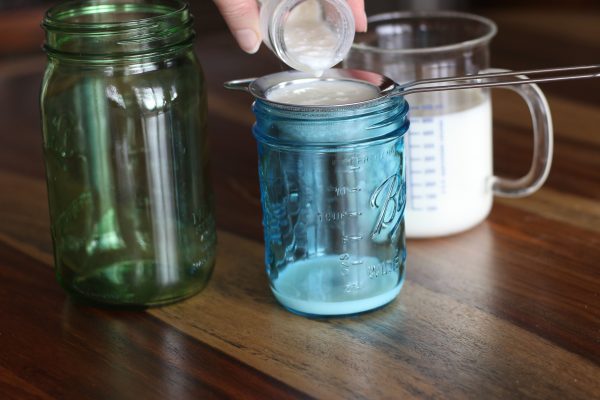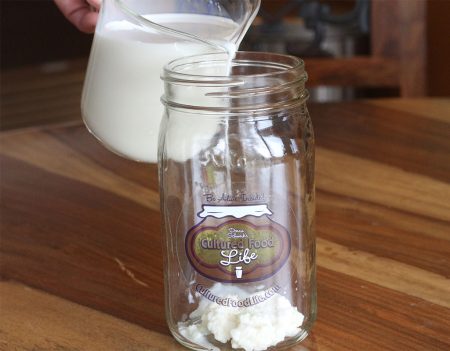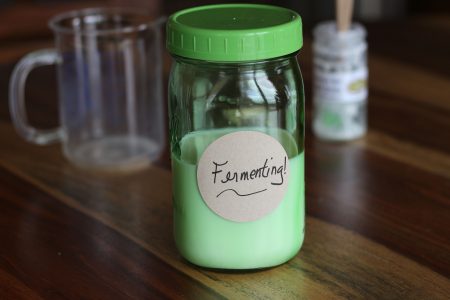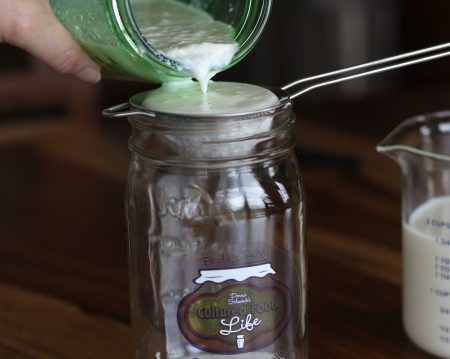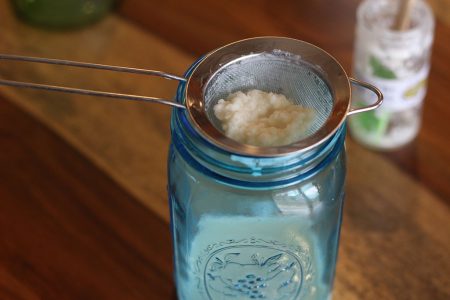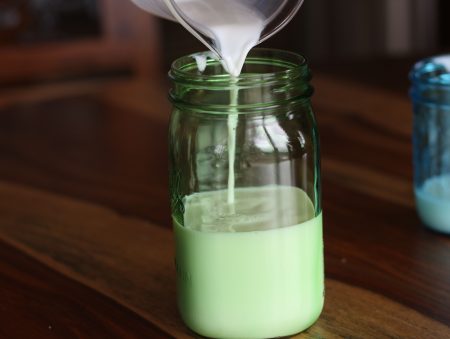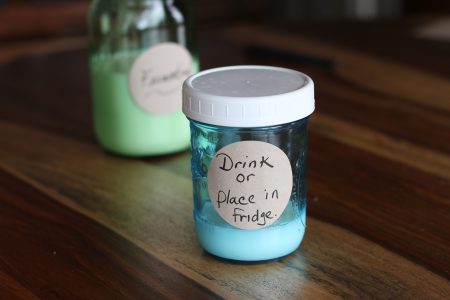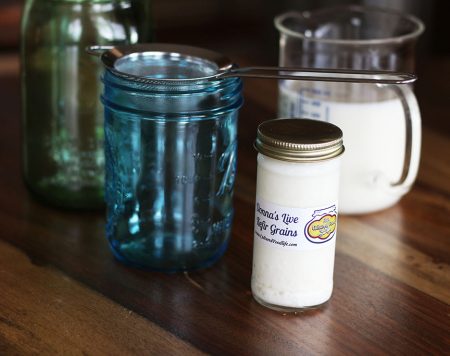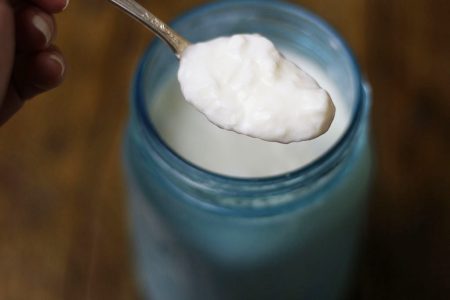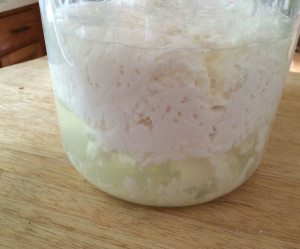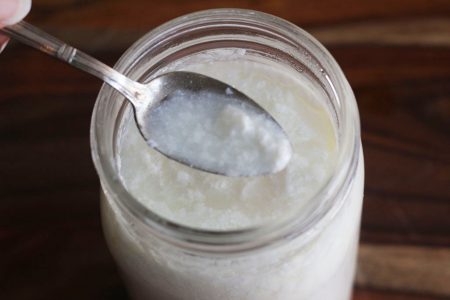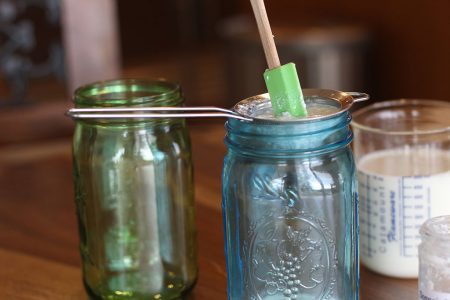Kefir (Using Live Kefir Grains)
Kefir grains last forever if you take care of them and they can last for generations. Kefir grains are not really grains but rather combinations of good bacteria and yeasts that infuse your milk or non dairy milk with over 50 good bacteria and good yeasts. They look like little pieces of cauliflower and feel a little rubbery. They’re tough little guys and you can pull them apart, and they just grow more. Kefir grains are a little like having a pet. You have to feed and take care of them, but that’s easy to do and I can show you how. If you need more help, check out our FAQs on Milk Kefir.
Watch The Video
Servings: 3 Cups
Every ingredient with a link was selected by me to make it easier for you. I may receive a small affiliate commission if you buy something through my links. Thank you! ❤️
Instructions
Making Kefir
- Add fresh milk to the remaining kefir grains, then the whole process is simply repeated for the next batch. Your kefir grains will grow and multiply each week, so increase the milk or remove some of the grains. You can give your extra grains to friends or pets, or you can even blend them up in the blender with a smoothie and drink them. They are good for you!
- The kefir that went through the strainer (that came in the jar) can be placed in a glass jar to be consumed immediately. It can also be stored in the fridge. This will last many months in your refrigerator and is preserved by the presence of good bacteria, which keeps the milk safe. However, it will get more sour over time as it will slowly keep fermenting in your fridge. Every 24 hours when your kefir is done, you can add to the batch of the previously made kefir in your fridge or drink it.
Taking a Break from Kefir
- If you have to go on vacation, here is an article to help you. What to Do With Your Cultures While You’re on Vacation.
Kefir Changes
Kefir Seperating
- If your kefir separates into whey and curds, don’t worry. It’s just a little over fermented and is still good to drink. You’ll need to add more milk or shorten the fermenting time or remove some of the grains. Check out this article for more help. Thick and Thin of Kefir
Creamy Kefir
- If your kefir separates into whey and curds, check out this post for tips on how to make it creamy again. How to make your kefir creamy again
- If you have more questions, check out our FAQ’s about kefir page.
Notes
(*1) Most milk types are acceptable, including whole milk, fat-reduced, non-fat, pasteurized, homogenized, A2, and Raw. We recommend avoiding milk that has been Ultra-pasteurized (UHT) (most organic milks).
I mostly enjoy “regular” pasteurized 2% cow’s milk to culture my kefir.
You can also use non-dairy milk. Check out this article for recipes and extra tips you need for making Non-Dairy Kefir.


